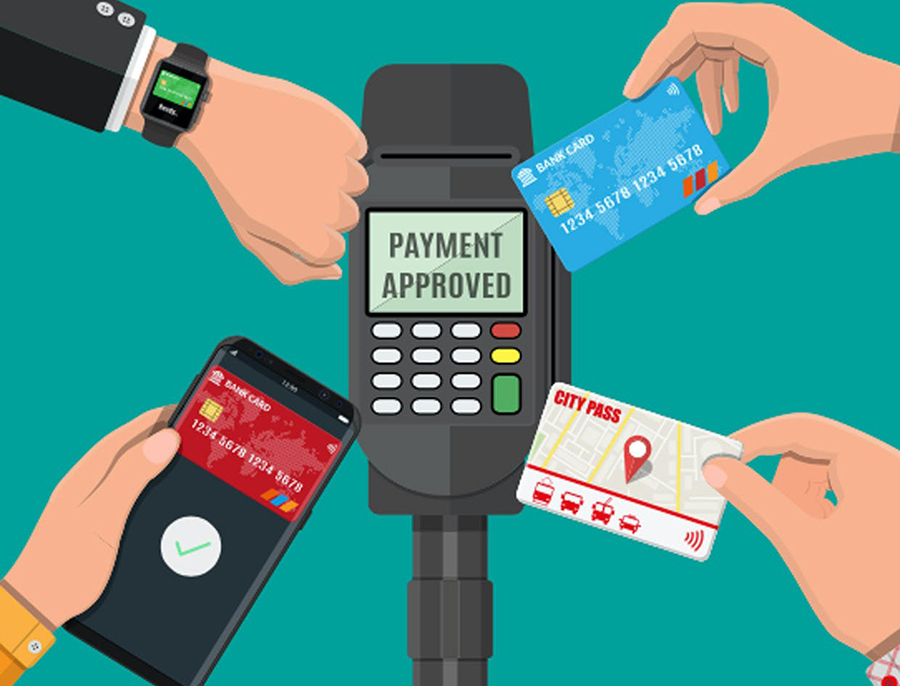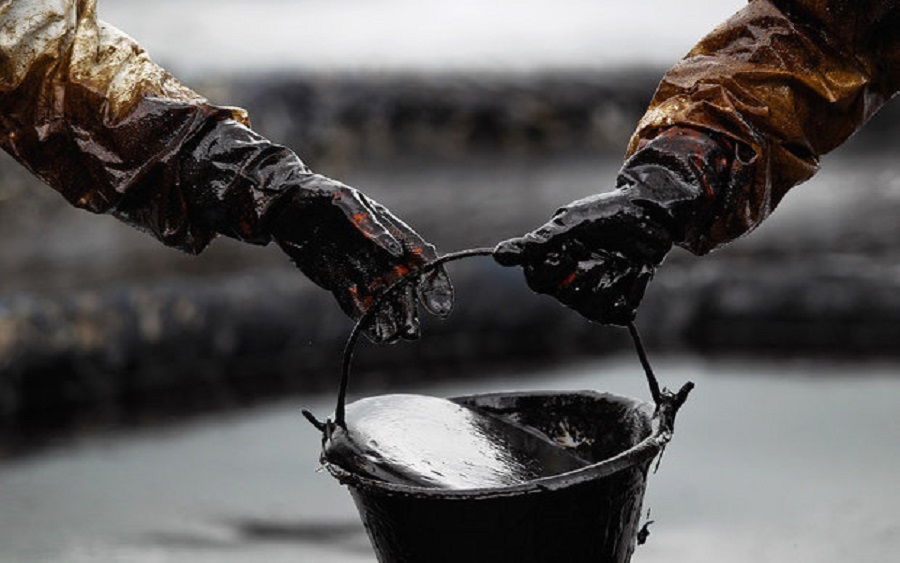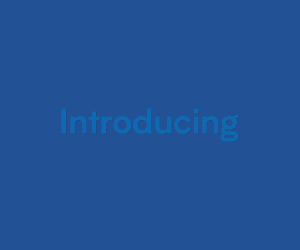France’s largest telecom company, Orange, is reportedly looking to make entry into two of Africa’s biggest markets, Nigeria and South Africa.
Reports say Orange CEO, Stephane Richard said the company is looking to widen its footprint in Africa by establishing a presence in these countries but this might take a few months.
Although how and when these entries will take place is still anyone’s guess, it is important to acknowledge Orange’s involvement in the acquisition of some telco units across Africa. In 2016, it acquired four of Airtel’s units in Africa. Though Orange had not made any play for South Africa’s telecom market, it had previously made investments in eCommerce, WiFi access and business services.
Also in 2016, the telecom giant invested N32.7 billion in African Internet Group (Jumia) and in 2017, when Etisalat Nigeria (now 9mobile) fell into financial crisis, Orange was one of the investors and they purchased a 65% stake in Etisalat Nigeria.
What Could This Mean For Nigeria’s Resident Telcos?
It is important to note that Orange is more than capable of taking over the Nigerian market with over 266 million customers worldwide and 89,000 employees in France and 59,000 employees in other parts of the world where its operations are situated. It is also, the tenth-largest mobile network operator in the world and the fourth largest in Europe after Vodafone, Telefónica, and Veon.
One of two things may happen with this shift:
1. Orange could seek a fresh entry.
2. The company could acquire the licence of any of the existing telcos like Airtel did, acquiring a licence that had been passed down from several telcos starting from Econet or 9mobile from Etisalat.
Regardless of its entry mode, this move into the country, Orange could bring fresh and much needed competition to the Nigerian telecom sector.
The payments space could also see a significant impact. With over 40 million mobile money users, Orange seems to be making huge revenues from its financial services arm in its current markets. Nigeria has a consistently growing market space and this expansion plans may be with that as the target.
Though there’s not much information detailing the shift, for now, competition might inject new life to Nigeria’s telecom market and possibly fuel the adoption of mobile money.
Related
Orange, France's largest telco operator, may come to Nigeria in monthsJune 15, 2020In "Business"
MTN Group considering sale of its 40% stake in JumiaAugust 16, 2018In "Business News"
MTN may rake in $600 million from Jumia's planned listingFebruary 11, 2019In "Business News"
CORONAVIRUS
Analysis: Nigeria’s COVID-19 cases could top 240k as positivity tests approach 20%
According to our simple forecast, Nigeria could record as much as 18,000 cases in June alone.
Published
2 days agoon
June 19, 2020
Nigeria’s Coronavirus cases could hit 240,000 by year-end going by the current rate of cases recorded daily in June 2020. Nigeria recorded a whopping 745 new cases on Thursday, June 18th, the highest number of cases recorded on a single day.
The data from the Nigeria Centre for Disease Control (NCDC) also reveals cases have increased just as it ramped up testing across the country. Total testing as at June 18th was 106,006 up from just 63,882 as of May 2020, thus about 40% of total testing has occurred in the first 19 days of June. This comes to about 2,340 per day for June thus far. Most developed countries test over 20,000 per day.
In terms of cases per test or daily positivity test rate, Nigeria seems to be recording, 19.7%, or about 19.7 cases for every 100 tested. This is based on an average of 462 cases per day in June and 2,340 cases per day as indicated above.
The data is purely an estimate as the NCDC has not released any daily positivity test for Nigeria. Official figures are recommended for extensive analysis or decision making.
The Positivity test rate tracks the number of cases recorded out of all tests conducted, and that came back positive for COVID-19. It is viewed as the most reliable way to determine if a government is testing enough.
A high rate of positive test rate indicates that the government is only testing the sickest patients, who sought out medical attention, and is not casting a wide net.
The WHO has issued guidance stating that governments should see positivity rates below 5% for at least 14 days before relaxing social distancing measures. Nigeria’s positivity rate of 19.7% is far above the WHO recommended 5%.
According to data from Johns Hopkins University, Brazil has the highest daily positivity test rate with 36.68%, followed by Mexico with 18.71%. Sweden is next at 15.11%, followed by the US and UK at 13.76% and 13.01% respectively. India, which has a similar demographic like Nigeria, has a daily positivity test rate of 8.73%.
READ MORE: Lagos to open churches, mosques from June 19, limits gatherings to 40% capacity
Forecast cases
Pandemics are often once in a century type events, thus, making projections can be dicey. However, running the numbers help appreciate the task at hand and urgency to flatten the curve.
A cursory analysis by Nairametrics Research estimates that at the current rate of daily cases, Nigeria might record up to 240,000 cases by the end of December 2020. According to our simple forecast, Nigeria could record as much as 18,000 cases in June alone.
We utilized Microsoft Excel forecast tool to estimate what the number of cases could be assuming the current levels are maintained. This is purely statistical and does not consider efforts to flatten the curve.
In our analysis, we summed all the confirmed cases per month prior to June and then forecasted for the remaining days in June adding it to the confirmed cases recorded in June 2020. The total figures for each month were then used as the basis for forecasting into December 2020 with June as a starting point. The result is below;

As mentioned, this chart does not take into consideration other factors that could indeed help flatten the curve like social distancing, lockdown extensions, and other preventive measures. There are also reports of a potential cure for the virus which could help as well.
Some also believe that we could well be approaching a peak and that the numbers might start coming down sooner rather than later.
Nevertheless, this cursory analysis depicts what we could be facing in the coming months if efforts are not intensified to reduce the spread of the virus.
Download the Nairametrics News App
Effect on Lockdown
The rising cases, particularly in Lagos has led to several policy reversals relating to the easing of lockdown. The Federal Government has rolled back plans to open up the local airports while the Lagos State government suspended indefinitely the planned reopening of mosques and churches initially set for Friday, June 19 and Sunday, June 21 respectively.
While the centers were already warming up to start their services, Governor Babajide Sanwo-Olu explained that the plan had to be suspended till the coast is clearer. He said,
“We have been closely monitoring the situation since then, and have now concluded that we cannot proceed with any form of re-opening for places of worship in Lagos State, until further notice.
“This is not a decision that we have taken lightly, it is simply in line with our ongoing evaluation of evolving scenarios regarding the course of the infection in Lagos State and the corresponding public health advisory guidelines issued by the experts.’’
“We are now hereby suspending, with immediate effect, the plan to re-open religious houses and places of worship in Lagos State, until further notice.’’
READ ALSO: WHO to update COVID-19 treatment inline with new findings
“We will continue to monitor the situation closely, and continue to base our decision-making on data modelling; as well as on the responsibility we have to act in a manner that ensures the protection of all you the people of Lagos State. Therefore, until further notice, all places of worship in Lagos State will remain closed.”
Also, on Thursday, the Presidential Task Force on COVID-19 declared that the June 21 date, which was earlier fixed for local airlines to resume operations, is not feasible. According to the Chairman of the task force, Boss Mustapha, the increasing cases are a concern and there are more grounds the Nigerian Civil Aviation Authority (NCAA) has to cover before local flight resumption.
OPINIONS
Cashless goes nationwide
After years of postponement, while sensitizing the populace, the cashless policy looks set to stay.
Published
3 days agoon
June 18, 2020
Perhaps building on digitization trend that the COVID-19 social distance era has heralded or simply keeping in line with the cashless timeline of the vision 2020 goal of being amongst the top 20 economies by the year 2020, the CBN has chosen an auspicious time to implement the cashless policy nationwide.
The policy which had been in effect in some parts of the country- mainly; Anambra, Abia, Kano, Ogun, and FCT since 2013 and Lagos since as far back has 2012 for its pilot stage is now to be implemented Nationwide as from 16th June 2020.
The cash limit of the policy remains the same, with a daily cumulative cash withdrawal limit of N500,000 for individuals and N3,000,000 for corporate bodies across all cash channels, with charges beginning to apply on the excess of the limit according to the below grid:
| Transaction type | Individual Charges | Corporate charges |
| Deposit | 2% | 3% |
| Withdrawal | 3% | 5% |
It is believed by policymakers that the cashless policy will reduce corruption, reduce the cost of cash handling, and will increase the effectiveness of the monetary policies in driving economic growth.
READ MORE: Get access to Eurobonds on Wealth.ng
After years of postponement, while sensitizing the populace, building Banking infrastructure, and making enabling policies, the cashless policy looks set to stay.
OPINIONS
How substantial is compliance for the Oil market?
Nigeria is striving towards complying fully with its OPEC+ cut obligations by mid-July.
Published
3 days agoon
June 18, 2020
This week, on the 18th of June, an OPEC+ monitoring panel will meet to table matters on compliance in cuts by member nations that defaulted earlier on their quotas. The meeting will also discuss how these nations are responding to fulfilling their quotas. Nigeria appears to be one of the nations lagging with compliance. The conference would represent one of the monthly meetings established to analyze the oil market and the necessary compliance with the production cuts.
Nigeria appears to be one of the nations lagging with compliance. According to Kyari, the NNPC GMD, Nigeria, is striving towards complying fully with its OPEC+ cut obligations by mid-July. It defaulted by producing under 100,000 barrels per day above its quota for May. The reason behind this non-conformity was more technical problems than defiance.
Explore Advanced Financial Calculators on Nairametrics
Countdown to the previous meeting, Iraq, Nigeria, Angola, and Kazakhstan (Non-OPEC) were singled out for producing way above their quotas. Historically, Nigeria always under-achieved when it came to complying or honouring cuts. The latest S&P Global Platts OPEC+ survey revealed the West African nation produced nearly 300,000 b/d in surplus of its agreed 1.412 million barrel per day quota in May.
How about Iraq? OPEC’s second-largest producer, most times, is the black sheep of compliance. However, the nation has expressed its commitment to the production cuts. This transpired via a phone call between, Ihsan Abdul Ismaeel, Iraq’s oil minister, and Prince Abdulaziz bin Salman, Saudi’s Minister. This commitment was also reiterated in the last press release. Iraq has told some refiners to forgo some crude as well as telling British Petroleum to cut flow from Rumaila oilfield by 10%. Rumaila is Iraq’s largest field.
READ MORE: OPEC and Alliance Output Cut are not enough to mitigate Brent’s Oversupply Issues
Saudi Arabia kept up his role as big brother of the OPEC+ family by reducing the amount of crude it will supply next month to few refiners in Asia. According to some officials’ privy to the matter, the volume of contracted oil the few buyers will receive for July was cut by 10% to 40%. Furthermore, South Korean oil processors were informed of curbs to their requested supply, while three refiners in Japan will make way with full volumes after their flows were reduced in June. All these reductions signal OPEC’s intention to balance the market.
The one-month extension agreed in the last meeting on the production cuts of 9.7 million barrels per day depends on all countries honouring 100 percent with their quotas and the non-compliant nations compensating for their quotas by increasing their cuts in July, August, and September. The OPEC+ group conducting JMMC holds meetings every month instead of ahead of every full OPEC+ meeting because of the turbulent oil market and uncertain global demand recover. According to Reuters, OPEC+ group’s production policies cannot be decided in these meetings, only recommendations for consideration can be discussed.
The oil price recovery is essential to OPEC nations; hence monitoring and ensuring compliance is paramount. Supply cannot continue to override demand, especially with demand lingering. With the United States of America also facing declines in production and drilling because of the impact of the coronavirus on their operations, a window of opportunity for increasing market share by OPEC+ is presented. But the battle with shale oil can come later; the short-term relies on reduced supply, and OPEC must comply.
Written by Dapo Thomas
- Get link
- X
- Other Apps
- Get link
- X
- Other Apps














Comments
Post a Comment